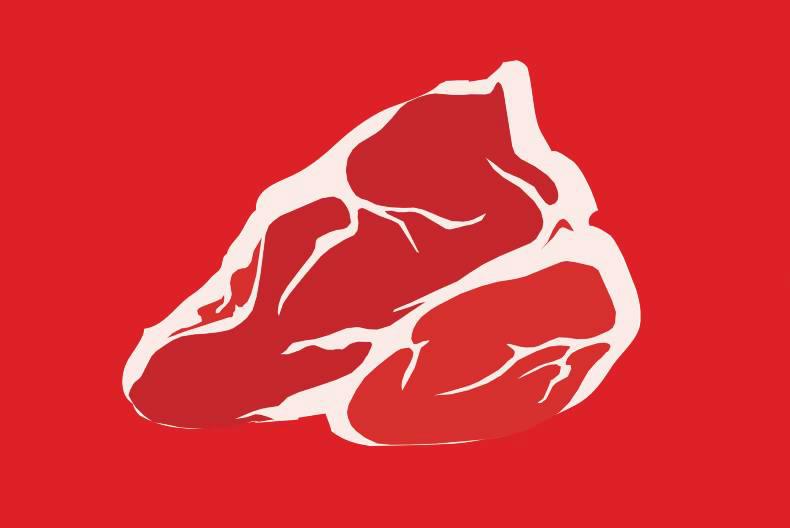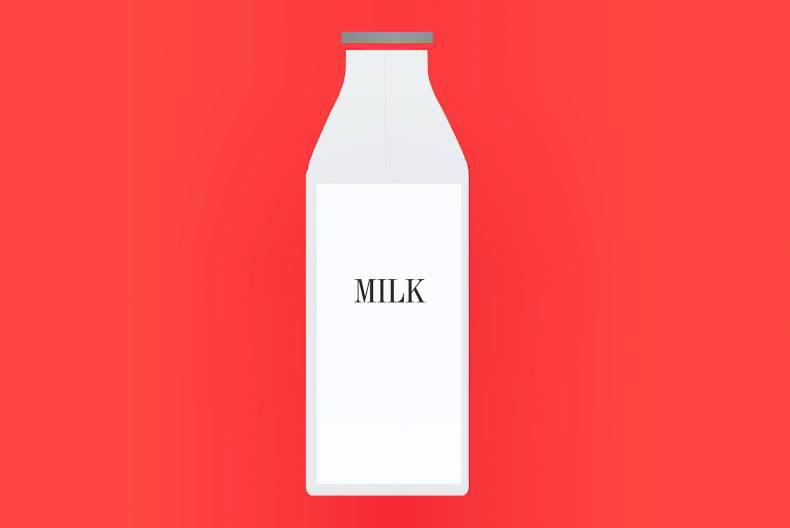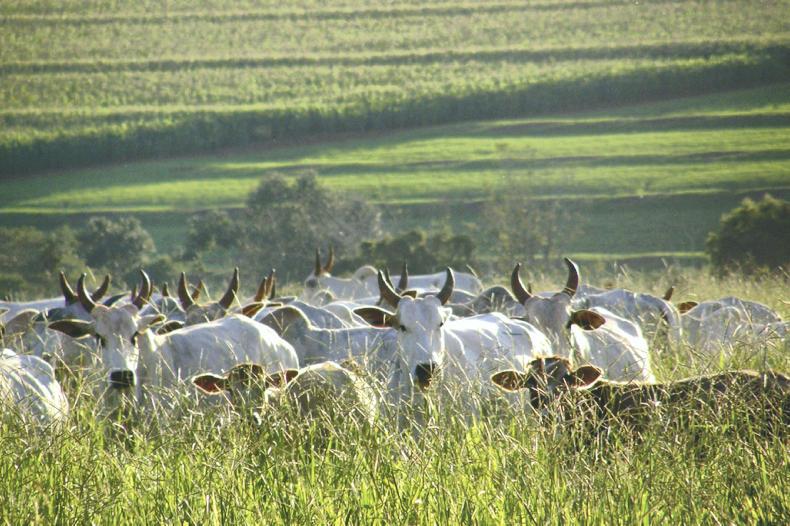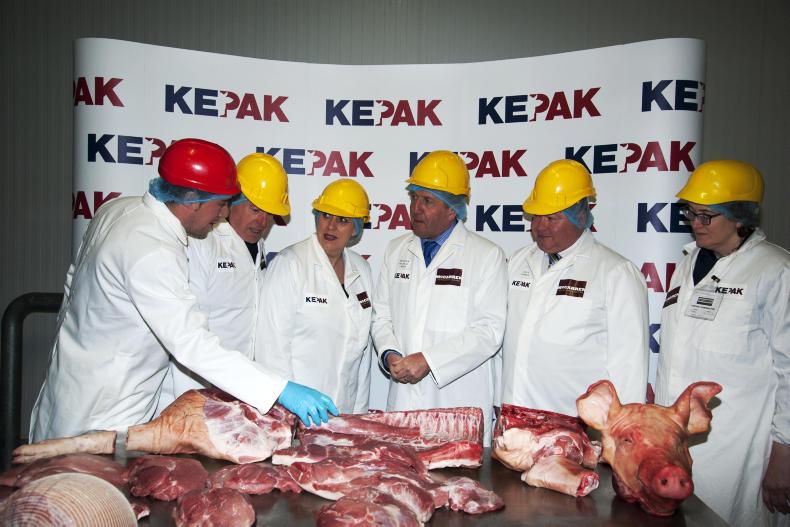Over the past 50 years, global meat consumption has nearly doubled, with the average person now consuming 43kg of meat per annum. Unsurprisingly, people in the developed world eat more meat, consuming an average of 79kg compared with an average of 33kg in the developing world.
While the majority (80%) of future demand growth will come from the expanding middle classes in Asia, Africa and South America, meat consumption in the developed world will remain stagnant or even fall in some countries as both health trends and price work to discourage demand.
The rise of cheap protein
Some types of meat are better placed than others to meet the increasing demand. The production and consumption of pig and poultry meat is expected to grow at a much faster rate than beef in developing economies as consumers have a greater appetite for cheap meat.
By 2022, almost half the additional meat consumed in the world will come from poultry. Large-scale, vertically integrated production systems make poultry and pork far more cost-effective to produce as they utilise feed well and can be kept in a confined space. Today, almost two thirds (60%) of the world’s agricultural land (30m sq km) is used for beef production, yet beef makes up just a quarter (24%) of the world’s meat consumption. In contrast, poultry accounts for 34% of global meat consumption and pork accounts for 40%. And even though combined they make up 75% of world meat consumption, poultry and pork production takes up only 10% the footprint of beef.
In China, meat consumption has skyrocketed, increasing sixfold over the last 40 years. Pork is the predominant meat consumed and now accounts for half of world pork production and consumption. The Chinese consume 29kg of pork per capita per year, but poultry is gaining in popularity (11kg/capita), as a cheap and convenient source of protein.
Beef is rarely consumed, with only 3kg per capita eaten – just 10% of the amount consumed per head in Brazil.
In western economies, particularly the US and Europe, beef is seen as the meat of choice for the celebration dinner – be that the Sunday roast or wedding banquet.
However, the economic recession was hard on beef consumption as hard-pressed consumers and restaurants tightened their belts and moved to cheaper cuts and alternative proteins.
In the US, it is predicted that between 2013 and 2018, red meat sales will only grow by 3%, but when inflation is taken into account will actually decline by 8%. It has also been shown that nearly four in 10 red meat consumers are cutting back on beef and other red meat consumption.
Due to prolonged droughts in the US, the world’s largest beef producer, has seen its cattle herd fall to the lowest in 63 years. This has resulted in the retail price of beef surging 30% in the past four years. But consumers appear to be adjusting to the higher prices, with almost half (44%) saying they expect to pay higher prices for beef while the wholesale beef demand index has only marginally dropped.
While price point compared to other meats is an issue, more concerning is that consumers are turning away from red meat for healthier alternatives. Consumers have become increasingly health conscious in recent years due to high medical and long-term care costs in many western countries.
American’s don’t see beef as such a luxury as the rest of the world, choosing beef more times in the week than any other protein source. The average American consumes 25kg of beef per year, compared with 19kg in Europe and 16kg in Ireland.
Even with health trends encouraging consumers to eat less red meat, 90% of US consumers eat some kind of red meat at least once a month but they are choosing ‘healthier’ options. For example, in 2007, just 20% of US consumers said they had purchased an organic/natural beef product. This has risen to 34% by 2014 while sales of organic beef have seen a triple digit increase since 2009.
Retail sales
Even the type of beef consumers purchase for cooking at home is changing with sales of expensive cuts such as roasting joints falling as consumers opt for the cheaper and more versatile option of mince. In the UK for instance, mince now accounts for 55% of all beef sales while sales of more expensive roasts have fallen by a quarter.
The millennial generation, those born between 1980 and 2000, eat more beef than any other generation, but they are consuming it in the form of burgers and mince, which is easier to prepare, cheaper and more versatile.
The rise of the gourmet burger
The average American eats outside the home two to three times per week and hence foodservice accounts for the largest slice of the US beef market (60%) with steak featuring less on the menu with the rise of the gourmet burger.
Americans fell in love with burgers when McDonald’s opened its first restaurant in 1948. Traditional fast food outlets such as McDonald’s and Burger King have been struggling recently as more consumers regard their menus as unhealthy, outdated and down-market. Upstart gourmet burger chains such as Smashburgers, Shake Shack and Five Guys are looking for a point of difference centered around higher quality beef and are charging prices similar to steaks for what is essentially only 4 ounces of mince.
These “fast-casual” restaurants offer higher quality (meaning organic or grass-fed) burgers that are eating into the sales of the traditional fast food chains as more informed consumers move towards perceived “healthier” restaurants.
Impact
The red meat category is facing a bleak future as both health trends and price are working to discourage demand. The industry has done very little to innovate since the recession and therefore has offered consumers little to get excited about. This presents an opportunity for the industry to try to invigorate the market with new products, improved quality and improved functionality.
Red meat can be positioned as an indulgence worth a higher price reflecting high quality. Meat producers can appeal to those indulging in red meat with entirely new cuts or kinds of red meat. For those consumers for which premium products do not appeal, producers can offer more convenient and functional packaging that will allow them to use red meat more often and more easily.
Read more from this year's KPMG/Irish Farmers Journal Agribusiness report here.









SHARING OPTIONS